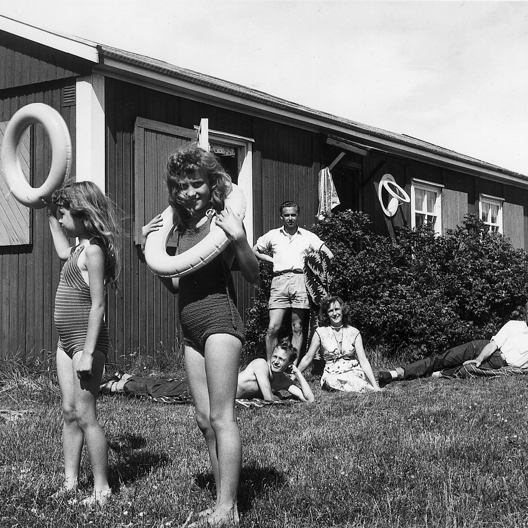Concept plan of the holiday village
The history of the holiday resort dates back to 1938, when the Prime Minister of the day, Th. Stauning, implemented the first Danish holiday legislation that gave employees the right to holiday with pay.
Early in the 1940s, tourist associations and municipal councils in Denmark were charged with identifying recreational coastal areas that would in time provide suitable locations for the establishment of holiday village resorts.
A group from Hjørring had drawn up a plan in principle for a holiday village resort. This plan was presented to local and central government.
There was full support for the plan, but a shortage of building materials at the time, as well as an unwillingness to invest as a consequence of the war, prevented the realisation of a holiday village resort at Skallerup Seaside Resort.
